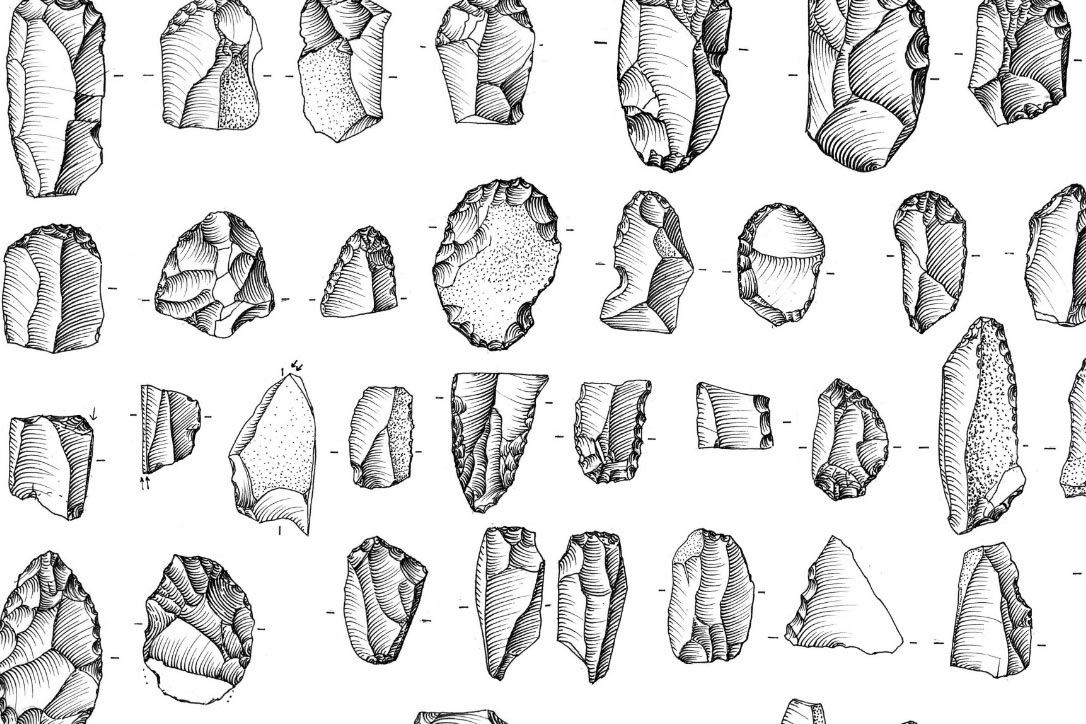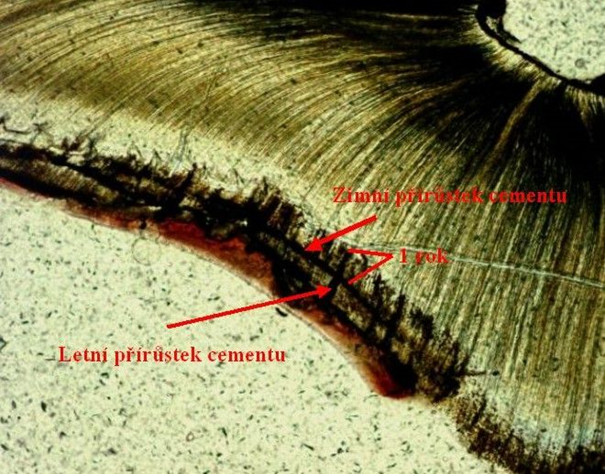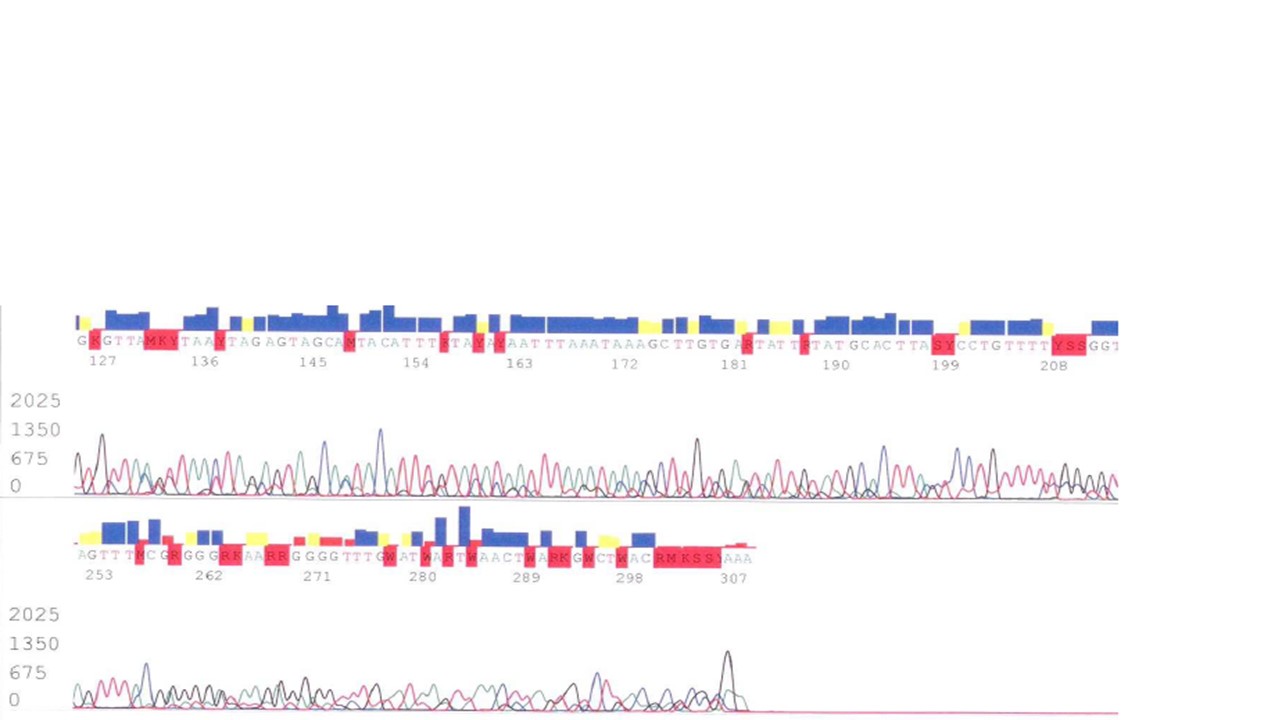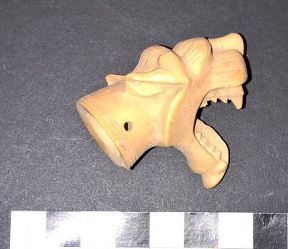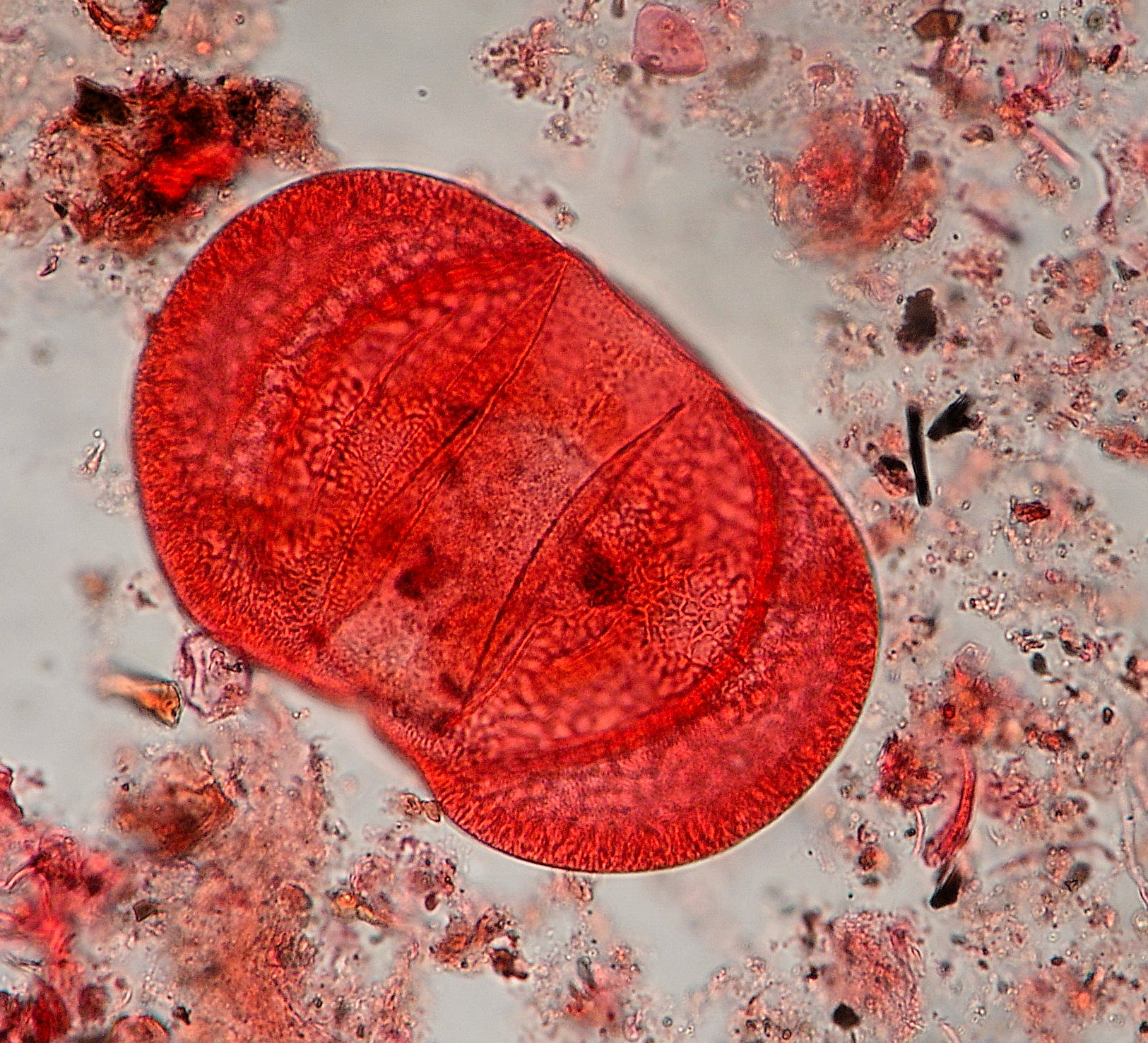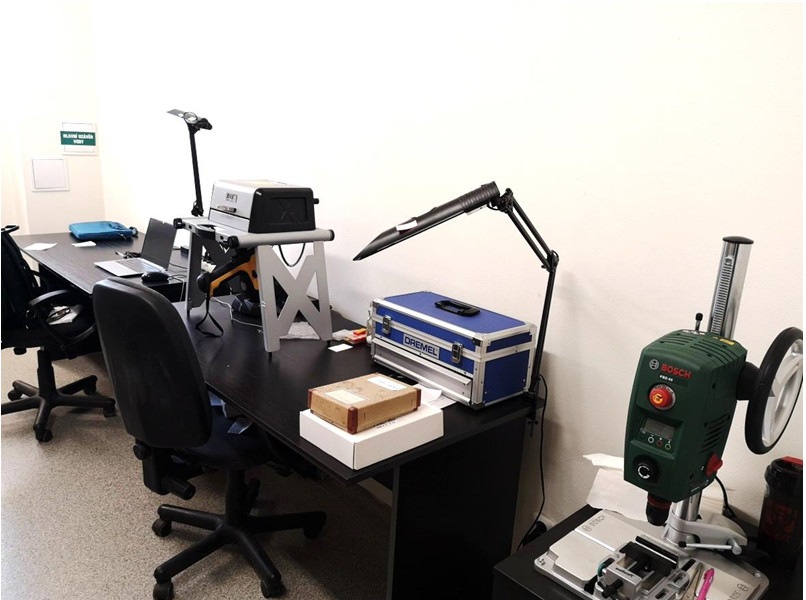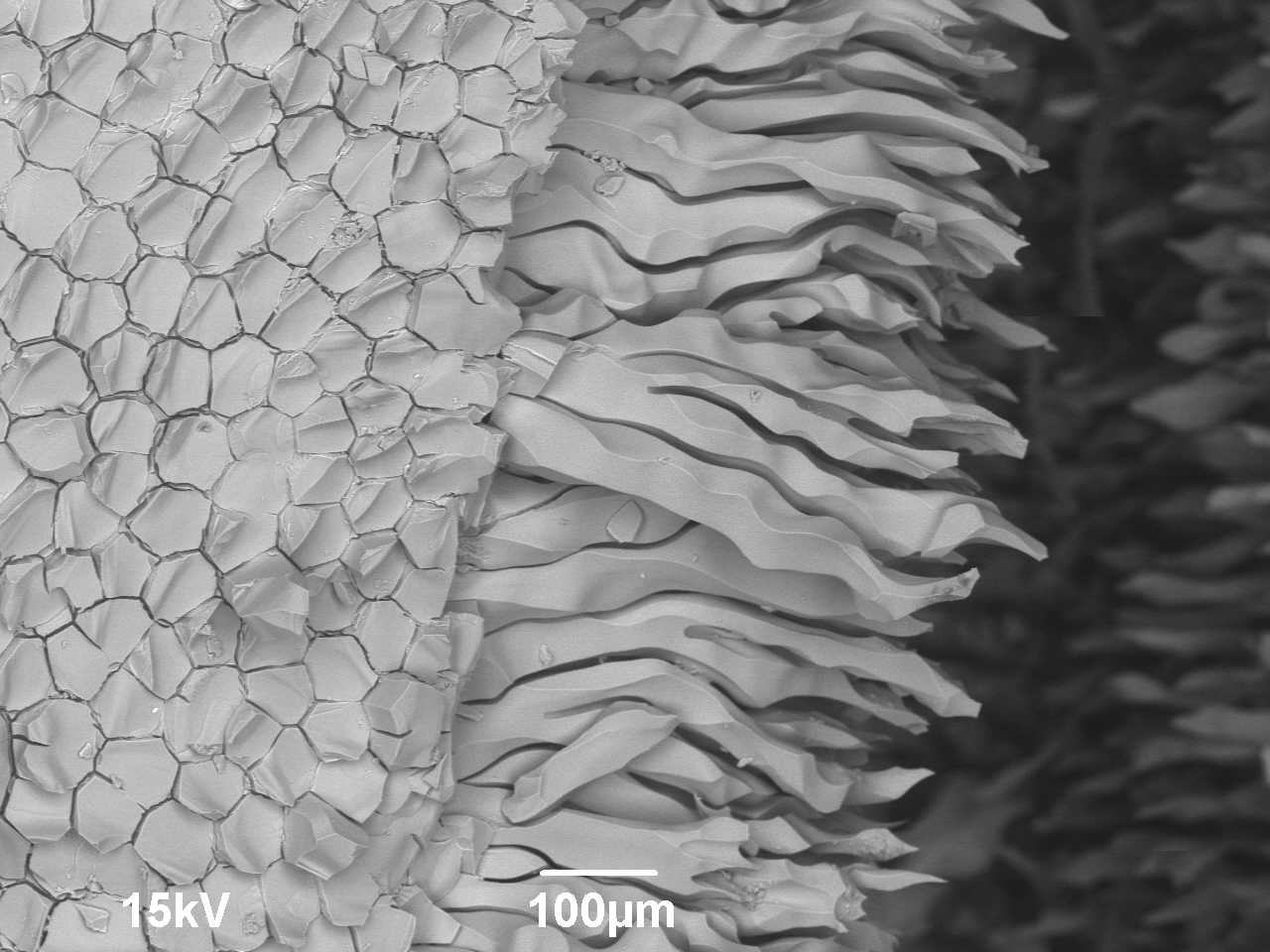Scientific drawings of lithics
Documentation of lithics by drawing has been developing since last almost two hundred years. In the case of the oldest drawings, a volume of lithics was depicted by an artistic shading, later by a dense hatching (see e.g. Absolon 1935)...






